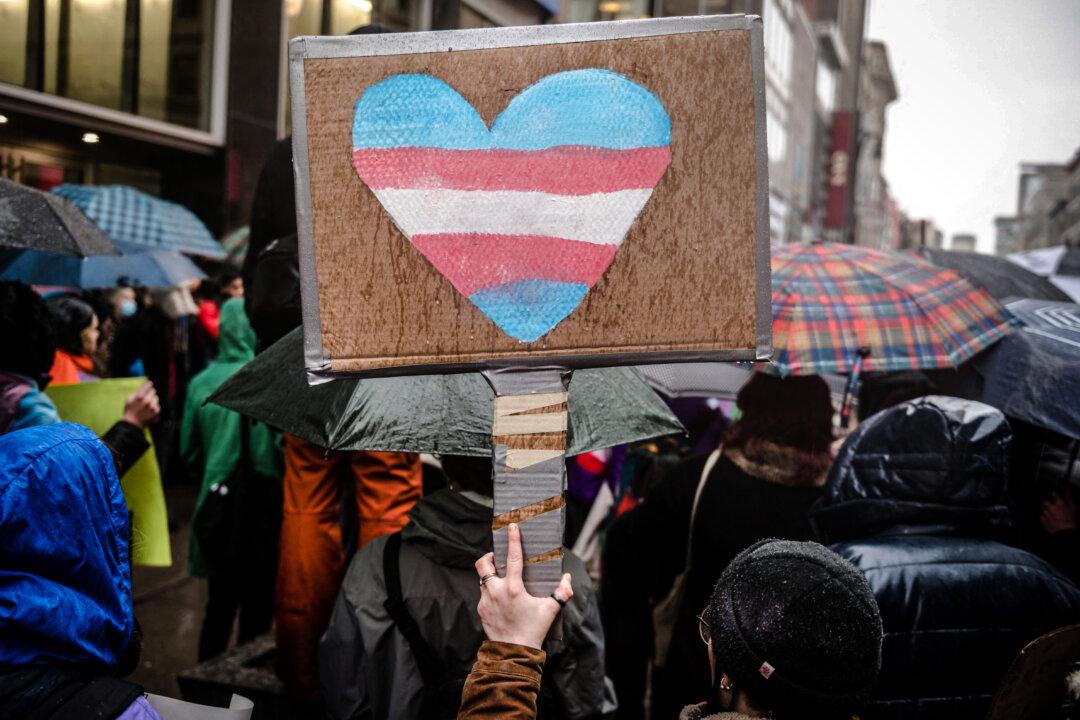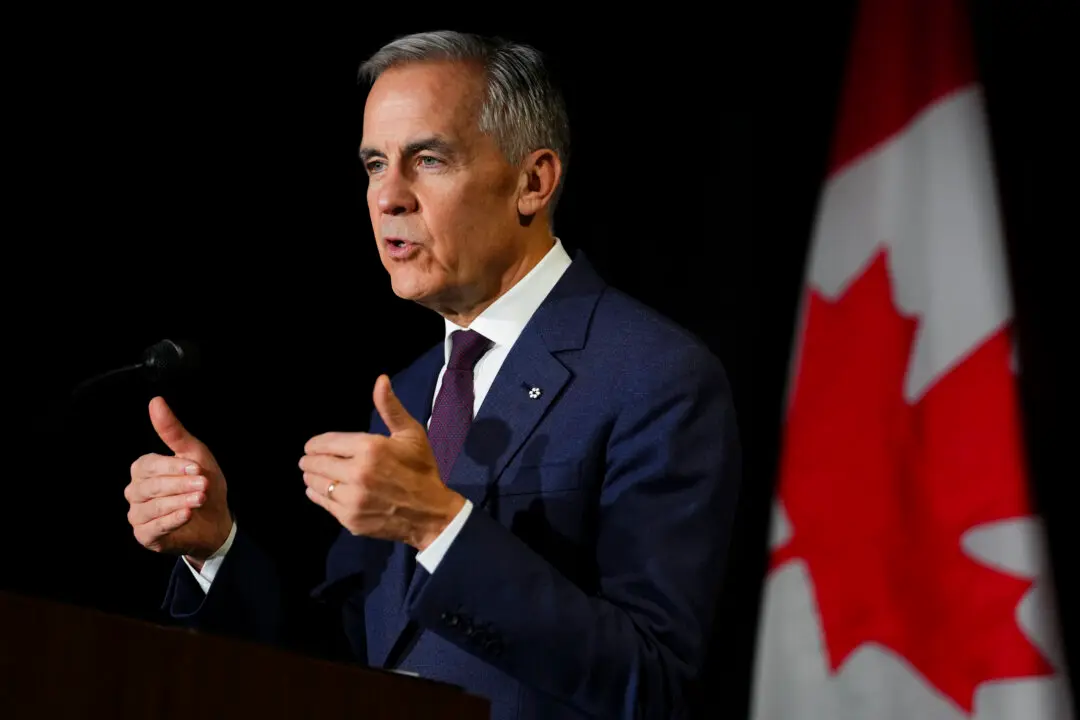Alberta’s sweeping changes to restrict medical transitioning for children are a first in Canada in the face of ever-increasing numbers of children surgically altering their bodies.
Before the province’s latest announced policies, a number of U.S. states had implemented bans on altering the bodies of minors—those under 18 years of age. As well, some European countries have introduced restrictions on the procedure for children.





